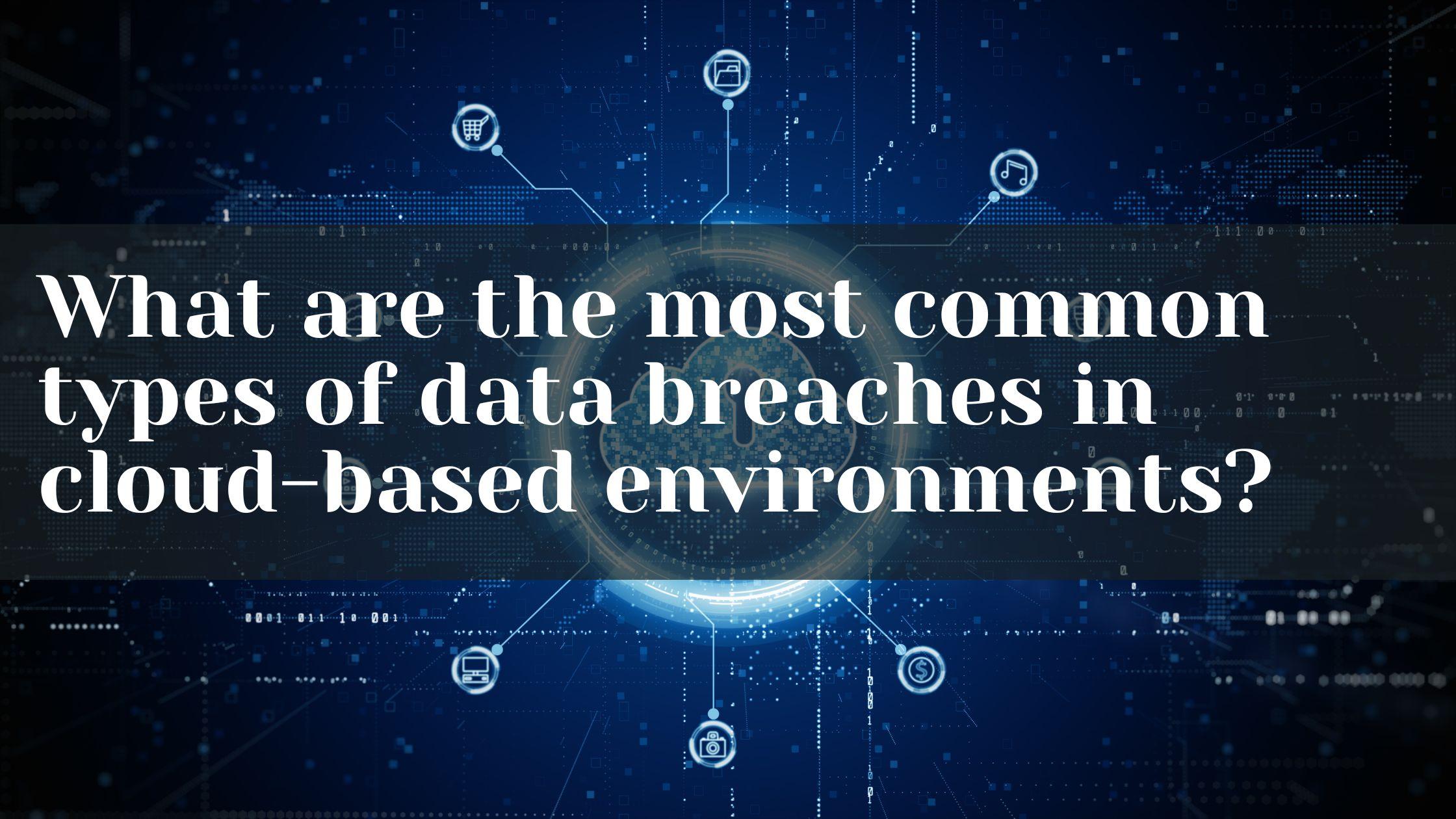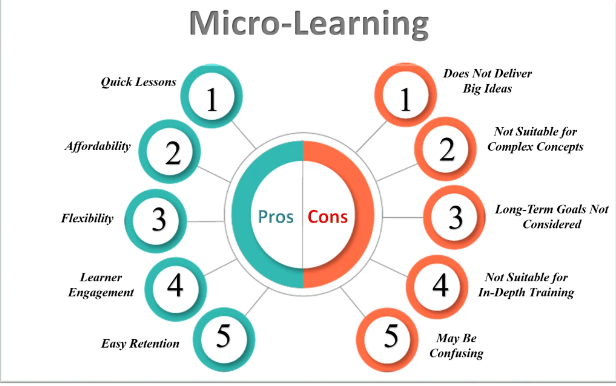Cyber threats and vulnerabilities are always developing, posing a threat to data security in cloud environments. Because different users store data on the same computers, there are inherent hazards associated with cloud infrastructure’s shared nature.
Additionally, unauthorized access may result from incorrect setups, inadequate encryption, and inadequate access controls. Dependence on outside suppliers also leaves cloud data security vulnerable to security breaches and compliance issues. The complexity of safeguarding heterogeneous systems rises with the acceleration of cloud use, increasing the risk of data leakage.
In order to counter these dynamic threats and maintain the integrity of cloud-based data, it is essential to maintain constant vigilance and strong encryption procedures. Plus, frequent security assessments can also help.
In this blog, we will discuss the prevalent and common types of data breaches in cloud computing. We would also get to know how to prevent such breaches…
The Most Common Types of Data Breaches in Cloud-Based Environments
Data breaches in cloud-based environments can occur due to various vulnerabilities and attack vectors. Here are some of the most common types of data breaches in such environments, along with their prevention strategy:
1. Misconfigured Cloud Storage:
Explanation: One of the most prevalent causes of data breaches in the cloud is misconfigured storage settings. If cloud storage (like Amazon S3 buckets or Azure Blob Storage) is not properly configured with the right access controls. It can lead to unauthorized access. Attackers may discover and exploit publicly accessible storage, exposing sensitive data unintentionally left open by organizations.
Prevention: Regularly audit and review the access controls and permissions on your cloud storage. Implement the principle of least privilege, ensuring that only necessary personnel have access to sensitive data.
2. Insecure APIs:
Explanation: Cloud services rely heavily on Application Programming Interfaces (APIs) for communication between different components. If these APIs are not properly secured, they can become a target for attackers to gain unauthorized access. Insecure API endpoints can be exploited to extract sensitive information or execute unauthorized actions against cloud data security.
Prevention: Employ secure coding practices, use API authentication mechanisms, and regularly update and patch APIs to protect against known vulnerabilities. Implement proper encryption for data in transit through APIs.
3. Credential Compromise:
Explanation: Attackers may attempt to steal login credentials through techniques like phishing or by exploiting weak passwords. Once they have valid credentials, they can gain unauthorized access to cloud resources and sensitive data.
Prevention: Enforce strong password policies, implement multi-factor authentication (MFA), and educate users about phishing risks. Regularly monitor and audit user account activities for any suspicious behavior.
4. Insider Threats:
Explanation: Malicious or negligent actions by employees or other authorized users can lead to data breaches. This may include intentional data theft, accidental exposure of sensitive information, or the misuse of privileges.
Prevention: Implement strict access controls, conduct employee training on security best practices, and regularly monitor user activities. Try to develop a culture of security awareness within the organization.
5. Man-in-the-Middle Attacks:
Explanation: In transit, data can be intercepted by attackers using various techniques like session hijacking or sniffing unencrypted connections. This is particularly relevant when data is transmitted between cloud services or between a user and a cloud application.
Prevention: Use secure communication protocols (e.g., HTTPS) and encrypt data in transit. Also, implement network monitoring to detect and respond to unusual activities.
6. Distributed Denial of Service (DDoS) Attacks:
Explanation: DDoS attacks aim to overwhelm cloud services with a flood of traffic, making them unavailable to legitimate users. While the primary goal is often service disruption, it can be used as a distraction for other malicious activities.
Prevention: Employ DDoS mitigation strategies and use Content Delivery Networks (CDNs). Plus, try to have a response plan in place to quickly mitigate the impact of DDoS attacks.
7. Zero-Day Exploits and Unpatched Systems:
Explanation: If cloud services or applications are not promptly updated and patched, they can become vulnerable to exploitation. Mainly by attackers using zero-day exploits or known vulnerabilities with no available patches.
Prevention: Regularly update and patch all systems, applications, and services. Implement a vulnerability management program to identify and address cloud data security flaws promptly.
8. Shared Technology Vulnerabilities:
Explanation: A vulnerability in shared technology could potentially lead to unauthorized access to data or resources. It is a major threat in multi-tenant cloud environments, where multiple users share the same underlying infrastructure.
Prevention: Regularly assess and monitor the security of shared infrastructure. Ensure that the cloud service provider implements strong isolation mechanisms between different tenants.
In conclusion, to ensure effective data security for cloud computing, you need a comprehensive security strategy. This strategy must include a combination of technical controls, user education, and proactive monitoring. Additionally, organizations should stay informed about emerging threats and continuously adapt their security measures accordingly.




